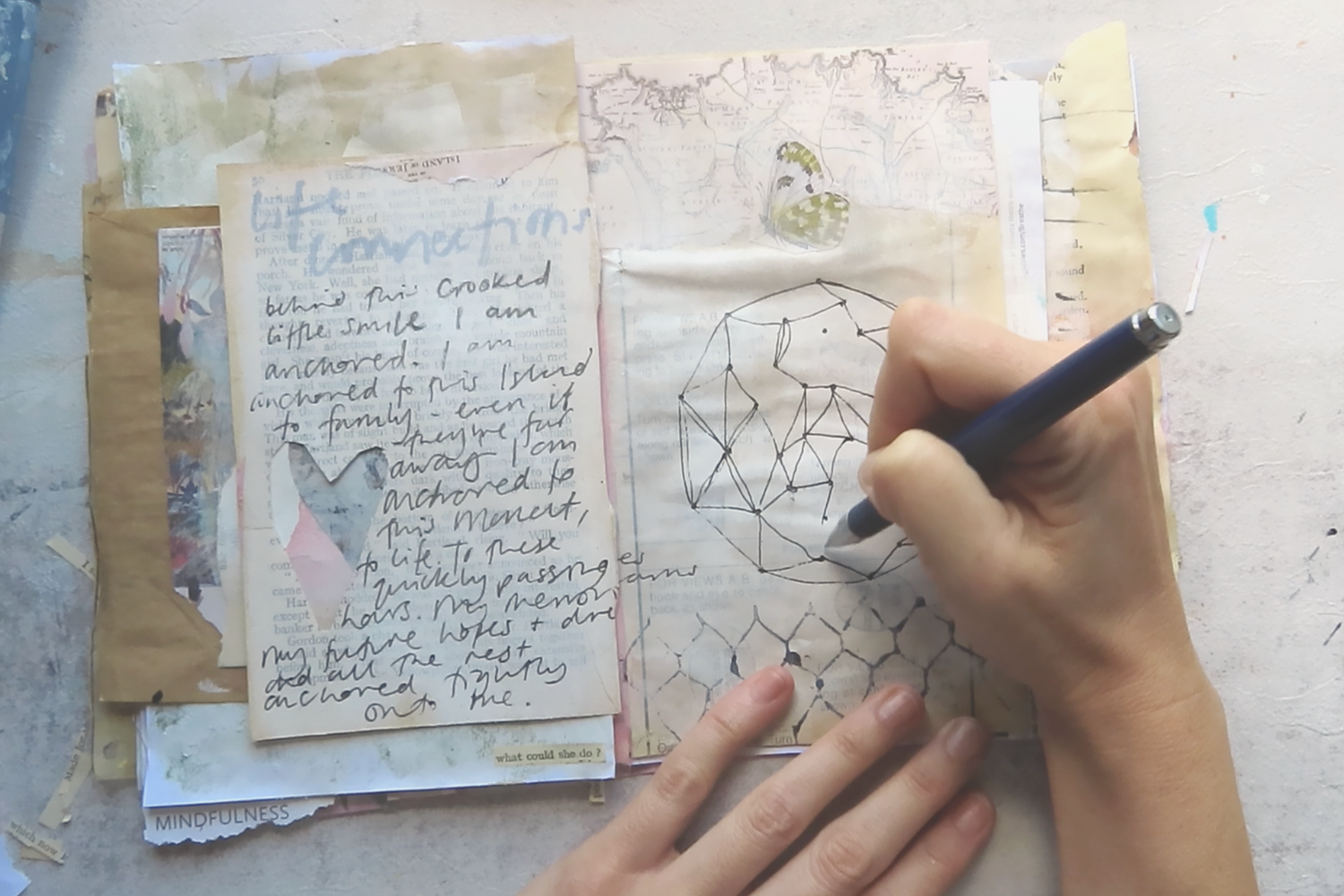Discover 8 Unique Types of self-care Journaling: Which One Will Speak to You?
Journaling is a powerful tool for self-care and mental well-being, discover which one will work for you and how to incorporate it into your daily routine.
8 Types of Journaling for Self-Care: A Comprehensive Guide
Journaling is an excellent way to practice self-care and improve your mental well-being. It allows you to explore your thoughts, feelings, and emotions in a safe and non-judgmental space. However, journaling can take many forms, and it can be challenging to know where to start. In this blog post, we'll explore eight different types of journaling that can help you prioritise self-care and improve your overall mental health.
Gratitude Journaling:
Gratitude journaling is a popular type of journaling that involves writing down things that you are grateful for. This practice can help you focus on the positive things in your life and cultivate a sense of gratitude, which has been linked to improved mental health.
Action Point: Try setting aside a few minutes each day to write down three things you are grateful for.
Stream of Consciousness Journaling:
Stream of consciousness journaling involves writing down your thoughts as they come to you, without filtering or editing them. This practice can help you release any pent-up emotions or stress and gain clarity on your thoughts and feelings.
Action Point: Set a timer for 10 minutes and write down everything that comes to mind without stopping or editing.
Art Journaling:
Art journaling involves using art, collages, or other creative mediums to express your thoughts and emotions. This type of journaling can be especially helpful for those who struggle to express themselves through words alone.
Action Point: Experiment with different art supplies such as paints, markers, or collage materials to create a visual representation of your thoughts and emotions.
Dream Journaling:
Dream journaling involves writing down your dreams as soon as you wake up in the morning. This practice can help you gain insight into your subconscious and better understand your thoughts and feelings.
Action Point: Keep a notebook and pen by your bed and write down your dreams as soon as you wake up in the morning.
Bullet Journaling:
Bullet journaling is a type of journaling that involves using a structured format to track your daily tasks, habits, and goals. This practice can help you stay organized and focused on your priorities.
Action Point: Start by creating a basic bullet journal spread, such as a daily to-do list or habit tracker.
Reflection Journaling:
Reflection journaling involves looking back on your day or week and reflecting on what went well and what could have been better. This practice can help you identify patterns and make positive changes in your life.
Action Point: Set aside 10-15 minutes each day to reflect on your day and write down any insights or observations.
Travel Journaling:
Travel journaling involves documenting your experiences and thoughts while traveling. This practice can help you process and remember your travel experiences and gain perspective on your life.
Action Point: Bring a small notebook or journal with you on your next trip and make a habit of writing down your experiences each day. Collect tickets and others things you use along the way.
Affirmation Journaling:
Affirmation journaling involves writing down positive affirmations and repeating them to yourself throughout the day. This practice can help boost your self-esteem and improve your overall well-being.
Action Point: Write down three positive affirmations each morning and repeat them to yourself throughout the day.
Journaling is a powerful tool for self-care and mental well-being. By trying out different types of journaling, you can discover what works best for you to support your mental health. Try incorporating one or more of these journaling types into your daily routine and see how they can improve your overall well-being.










